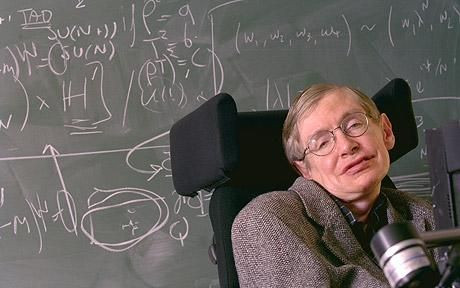What Causes Lou Gehrig’s Disease? Scientists Believe They've Found The Answer

Lou Gehrig’s disease brings a cruel and painful death to its victims; their mind remains completely intact as their nervous system is destroyed. It weakens the muscles, including those used for breathing, until they become paralyzed. It is devastating not only to those inflicted with the illness, but to their families as well who can do nothing but watch as their loved one slowly deteriorates. A new study has given hope to those affected by Lou Gehrig’s disease by possibly finding its origin. Through understanding what causes the illness, science is one step closer to being able to develop better treatments and possibly one day even being able to cure it. The researchers were also able to demonstrate in a lab dish restoration of cells that were damaged by the disease.
Lou Gehrig’s disease or amyotrophic lateral sclerosis (ALS) currently affects a reported 30,000 individuals in the United States. Scientists have understood that in ALS, tangles, or misshapen proteins, along the nerves' paths block the route along the nerve fibers, according to a report on Medical News Today. This eventually results in the nerve fibers malfunctioning and dying. These proteins need to be shipped from the cell body, where they are made, to the most distant part, and then transported back to be recycled. If the proteins cannot form correctly and be transported easily, they form tangles. These tangles cause many problems. The neurofilament moves chemicals and cell parts around the nerve cell.
However, the new study has found that the origin of ALS may be the "misregulation of one step in the production of the neurofilament." Similar tangles occur in Alzheimer’s and Parkinson’s diseases, meaning this discovery can be used to treat a series of neurodegenerative disorders.
“We got really excited at the idea that when you study ALS, you may be looking at the root of many neurodegenerative disorders,” lead researcher Su-Chun Zhang told Medical News Today. Zhang and his team observed that this misregulation happens very early on, which makes it likely to be the origin of ALS.
The team has also succeeded in finding a way to rescue the neural cells in a lab dish. They "edited" the gene that controls the formation of the blundered protein. When doing this they found that the cells return to normality. The team is currently testing a wide range of potential drugs which give hope to better treatment and potentially a cure for Lou Gehrig's disease.
Lou Gehrig’s disease involves the progressive loss of motor neurons, the nerve cells that control muscle movement, in the brain and spinal cord. It is progressive, disabling, and will eventually cause death. Walking, speaking, swallowing, breathing, and other basic functions become impaired with time. It is most commonly discovered when the individual is in middle age, and it affects more men than women.
Sources:
Chen H, Qian K, Du Z, et al. Modeling ALS with iPSC Reveals that Mutant SOD1 Misregulates Neurofilament Balance in Motor Neurons. Cell Stem Cell. 2014.
Zeller JL, Lynm C, Glass R. Amyotrophic Lateral Sclerosis. JAMA. 2007.
Published by Medicaldaily.com



























